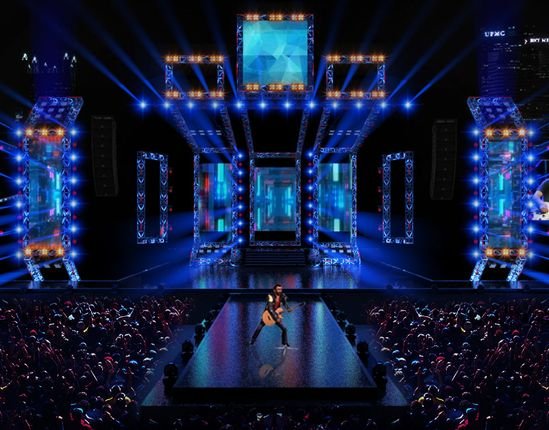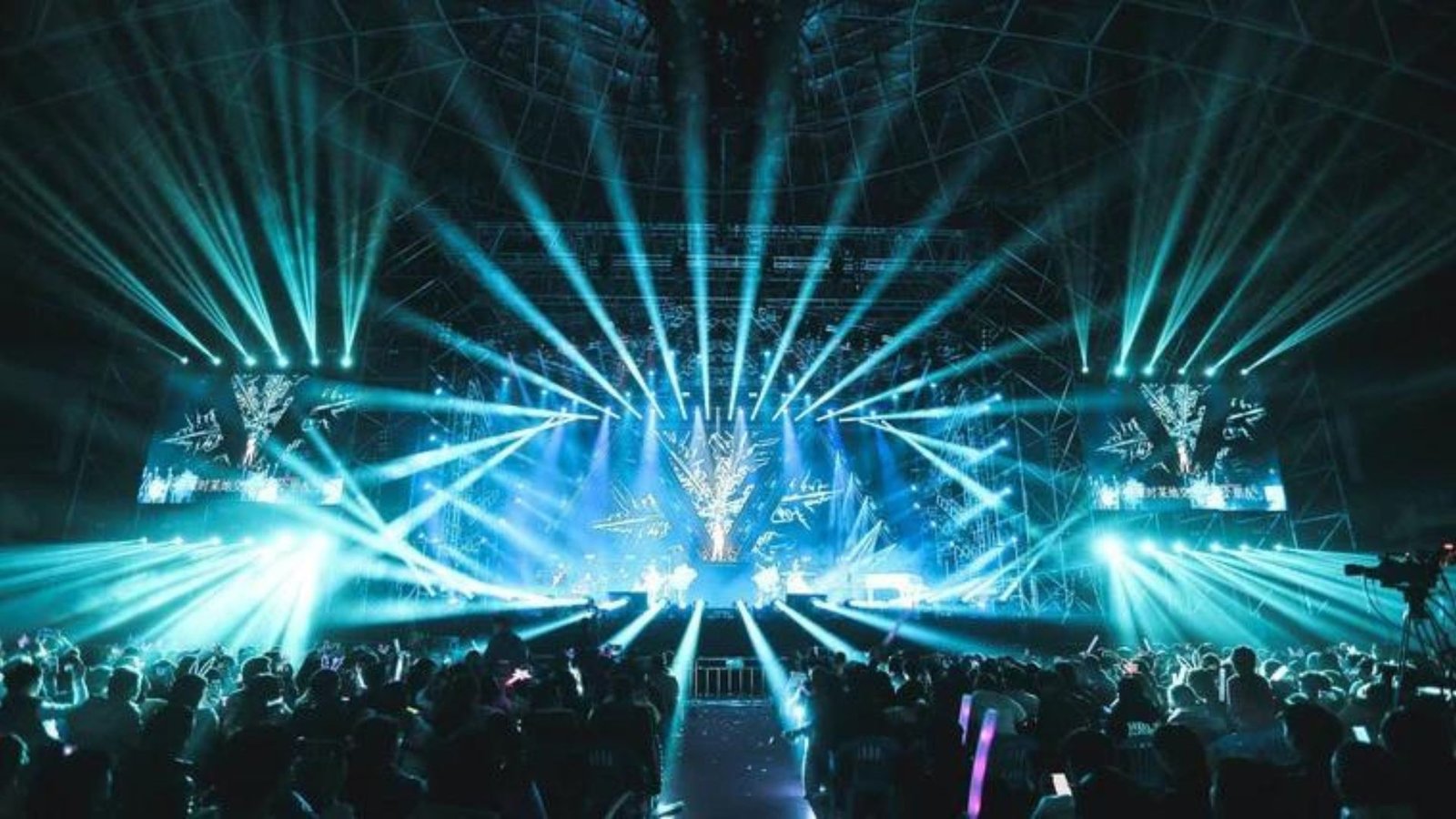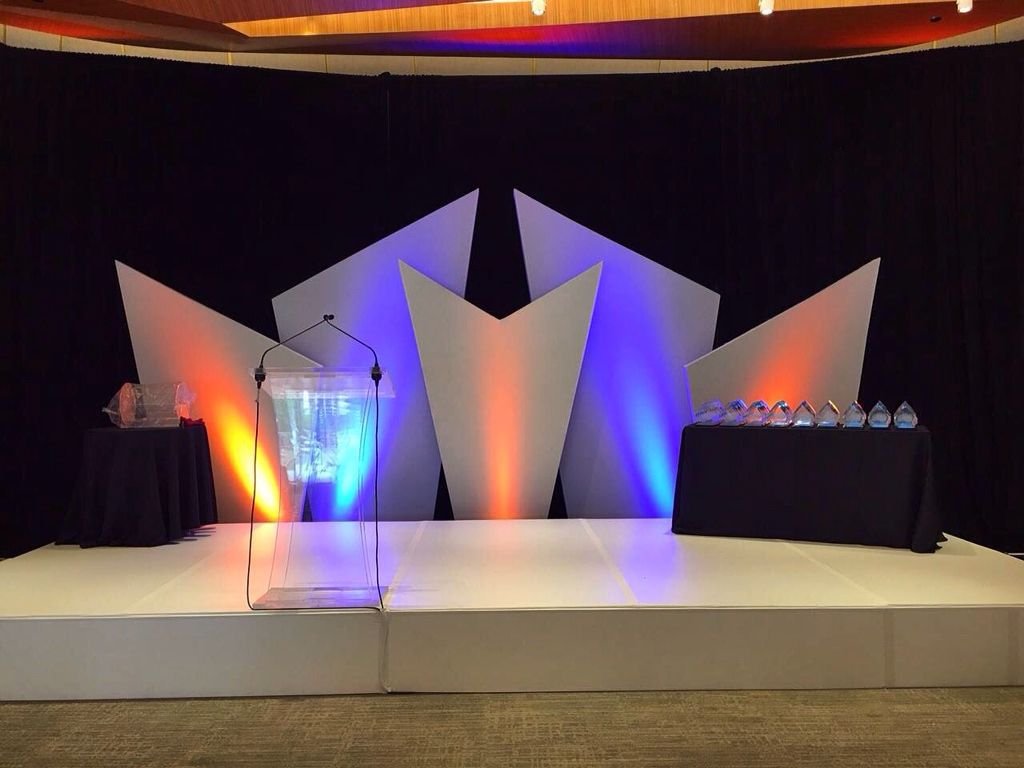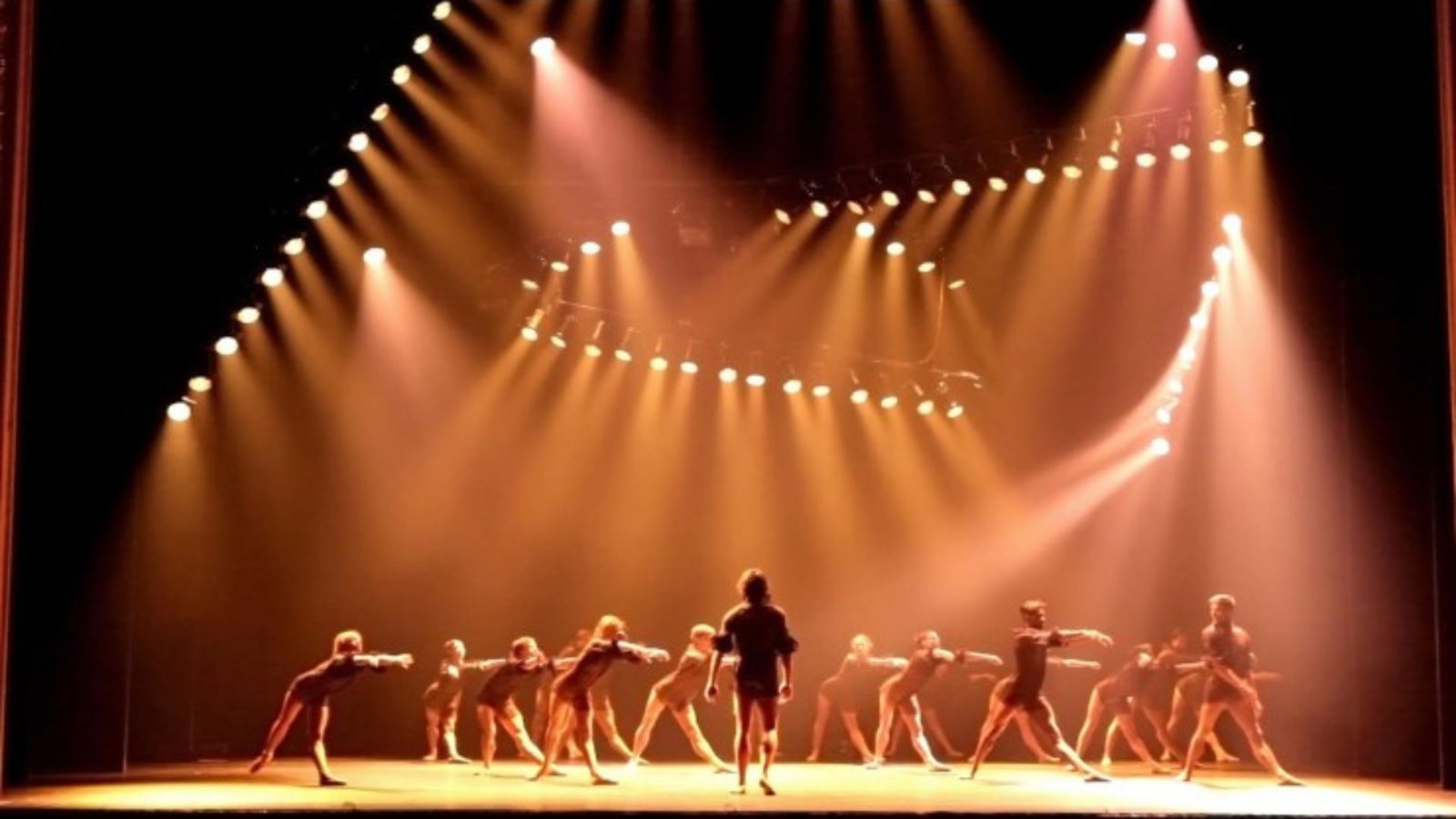Effective Stage Design for Concerts is crucial for creating an immersive and engaging experience for both performers and audiences. A well-designed stage not only highlights the performance but also contributes to the overall atmosphere of the concert. Here’s a guide to key considerations and strategies for creating impactful Stage Design for Concerts.
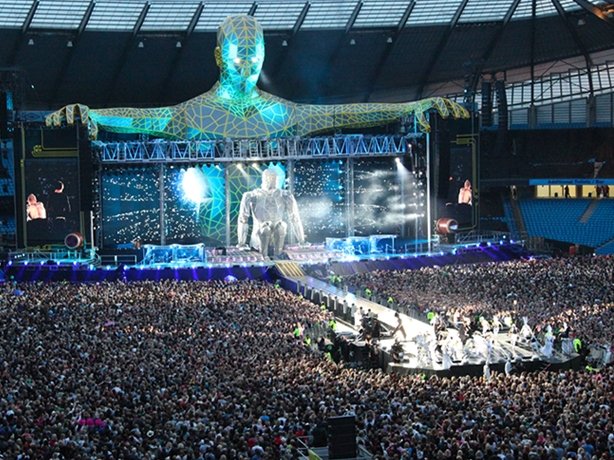
Focus on Visual Impact
The visual impact of Stage Design for Concerts cannot be overstated. The stage should be designed to captivate the audience’s attention and complement the performance. Consider using large, dynamic backdrops that can change with different segments of the concert. For example, LED screens can display visual effects, videos, or images that align with the music and enhance the overall experience. Additionally, creative use of lighting, including spotlights and color washes, can dramatically alter the mood and highlight key moments of the performance. By focusing on visual impact, you create a stage that not only supports but enhances the concert.
Plan for Effective Lighting and Effects
Lighting and special effects are pivotal elements in Stage Design for Concerts. Proper lighting can transform a performance space and set the tone for each segment of the concert. Incorporate a mix of general, spot, and moving lights to create diverse looks and effects. Additionally, use fog machines, lasers, and other special effects to add excitement and drama. Ensure that the lighting design is synchronized with the music and other performance elements to maximize its impact. By planning for effective lighting and effects, you enhance the overall ambiance and keep the audience engaged.
Optimize Stage Layout and Configuration
The layout and configuration of the stage play a significant role in Stage Design for Concerts. Ensure that the stage layout accommodates the performers and any additional elements, such as instruments or props, while also allowing for smooth movement and transitions. Consider the placement of band members, soloists, and any special features, such as risers or platforms, to optimize sightlines and create a balanced visual composition. Additionally, ensure that there is adequate space for performers to move and interact, which contributes to a more dynamic and engaging performance.
Incorporate Audience Interaction Elements
Audience interaction is an important aspect of Stage Design for Concerts. Design elements that encourage audience participation can enhance the overall experience and create a memorable concert. For instance, incorporating elements such as interactive light displays or audience-triggered effects can make the audience feel more involved in the performance. Additionally, consider creating pathways or areas where performers can interact directly with the audience. By incorporating audience interaction elements, you foster a stronger connection between the performers and the audience, enriching the concert experience.
Address Practical Considerations
Practical considerations are essential in Stage Design for Concerts to ensure a smooth and successful performance. This includes planning for adequate sound systems, stage access, and safety measures. Ensure that the sound system is designed to deliver clear and powerful audio throughout the venue, and that all equipment is properly positioned to avoid interference. Additionally, consider stage access points for performers, crew, and equipment, and ensure that there are clear pathways and safety measures in place. By addressing these practical considerations, you create a stage that supports the performance while ensuring the safety and comfort of everyone involved.
Conclusion
Stage Design for Concerts involves a blend of creativity, technology, and practicality. By focusing on visual impact, planning for effective lighting and effects, optimizing stage layout, incorporating audience interaction elements, and addressing practical considerations, you can create a stage that enhances the overall concert experience. A well-designed stage not only supports the performers but also captivates and engages the audience, contributing to a memorable and impactful event. Embrace these strategies to achieve a successful and dynamic Stage Design for Concerts that leaves a lasting impression on everyone involved.

